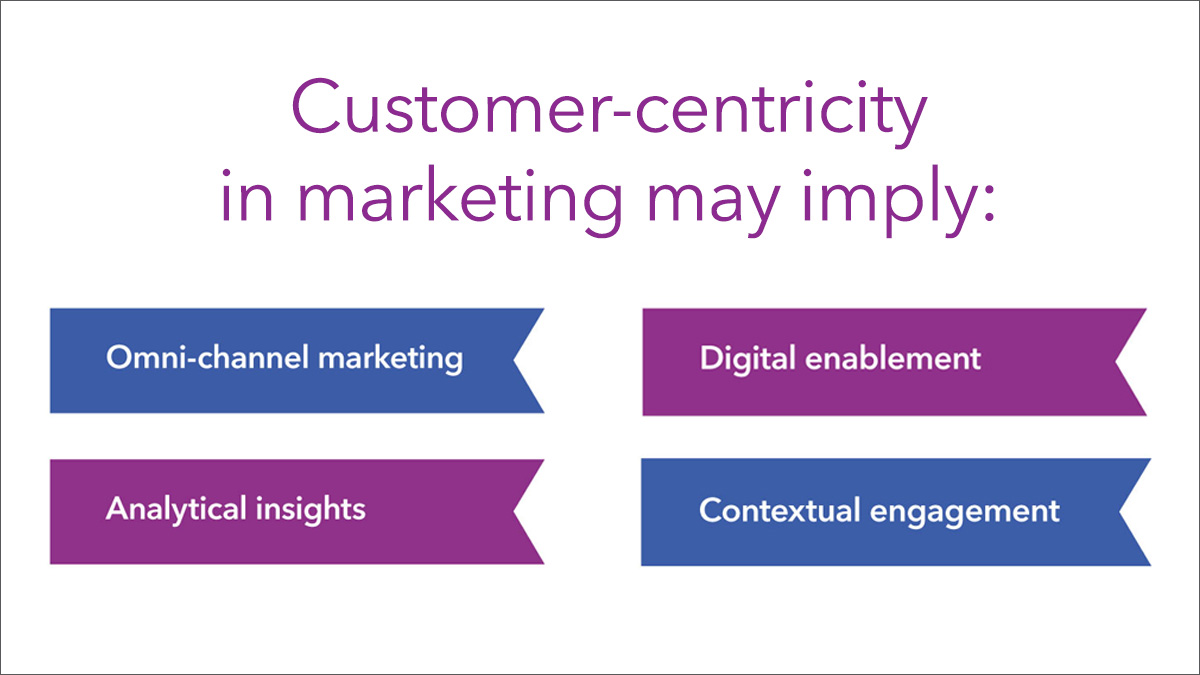
The fight against fraud has to be at all levels, and use all possible means available to the organization. However, it is important to distinguish between political, organizational and technical means. Persuading states to organize themselves better to facilitate exchange of information between administrations can be decisive, even with the


















